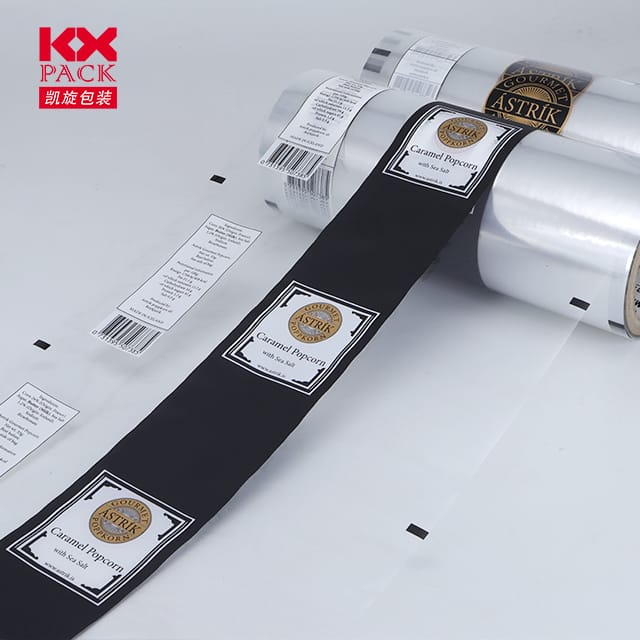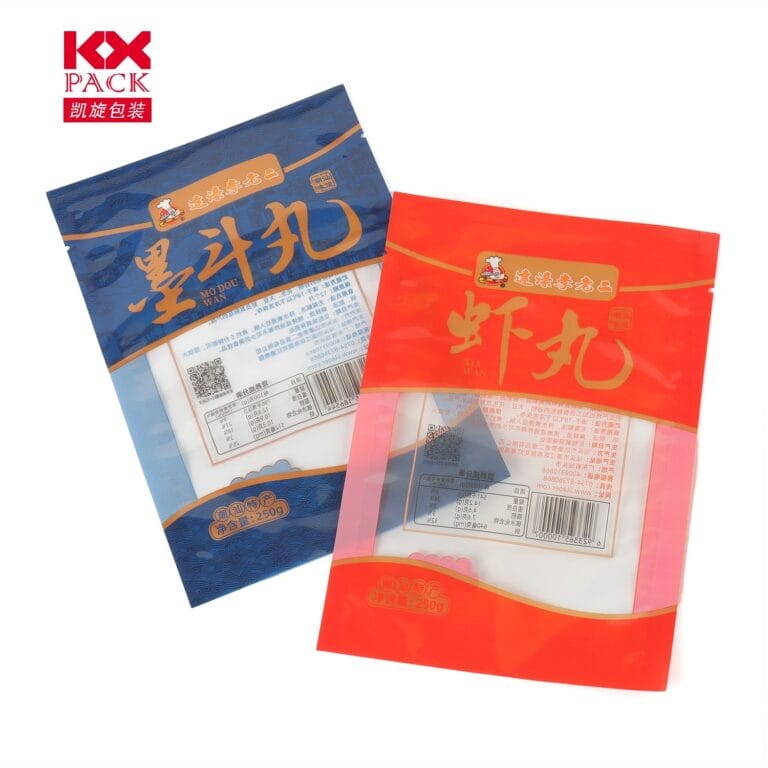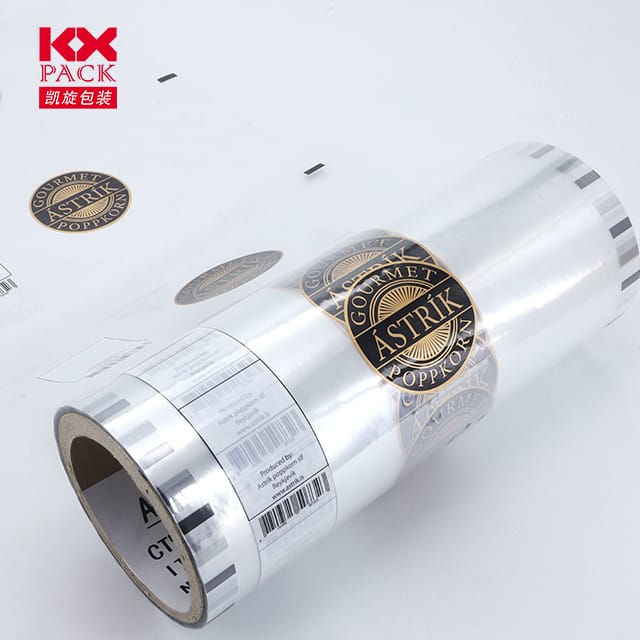El mundo versátil de los rollos de películas de plástico: Desempacar sus múltiples usos e impacto ambiental
Rollos de película de plástico
In today’s world, Los rollos de película de plástico son ubicuos. Desde artículos de empaque en almacenes hasta preservar alimentos en nuestras cocinas, Estos rollos versátiles juegan un papel fundamental en numerosas industrias y la vida cotidiana.. Sin embargo, Su omnipresencia también plantea preguntas importantes sobre su impacto ambiental y su alternativas sostenibles.. Let’s dive into the multifaceted world of plastic film rolls, exploring their uses, beneficios, desafíos, and potential solutions.
The Many Faces of Plastic Film Rolls
Plastic film rolls come in various thicknesses, materiales, and configurations, each tailored to specific applications. Here are some of the most common uses:
- Packaging and Protection: In logistics and warehousing, plastic film rolls are indispensable for packaging, fixing, and protecting goods. Stretch wrap, por ejemplo, securely holds items in place during transportation, preventing damage and loss.
- Preservación de alimentos: En la industria alimentaria, plastic films such as polyethylene (EDUCACIÓN FÍSICA) and polyvinyl chloride (CLORURO DE POLIVINILO) are used to extend the shelf life of perishable goods by creating a protective barrier against moisture, oxígeno, y contaminantes.
- Agricultura: Agricultural plastic films play a crucial role in modern farming. They are used for mulching to conserve soil moisture, control weeds, y regular la temperatura, significantly enhancing crop yields.
- Hygiene and Medical Applications: In healthcare settings, plastic films are used for sterile packaging, surgical drapes, and medical device wraps, ensuring patient safety and reducing the risk of infection.
- Construction and DIY: Builders and DIY enthusiasts often use plastic films for underlayment in roofing, waterproofing basements, and creating temporary barriers during renovations.
Benefits and Challenges
The benefits of plastic film rolls are numerous: they are lightweight, durable, rentable, and versatile. Sin embargo, these advantages come with significant environmental challenges.
Plastic pollution is a global crisis. Plásticos de un solo uso, including many types of plastic film, often end up in landfills, océanos, and natural habitats, where they persist for centuries. Marine life ingests or becomes entangled in plastic debris, leading to widespread ecological damage.
Además, the production of plastic films relies heavily on fossil fuels, contributing to greenhouse gas emissions and climate change. The extraction, refining, and processing of petroleum-based raw materials also consume vast amounts of energy and water resources.
Moving Towards Sustainability
Addressing the environmental impact of plastic film rolls requires a multifaceted approach:
- Innovation in Materials: Research and development are focused on creating biodegradable or compostable alternatives to conventional plastic films. Bioplastics made from renewable sources like cornstarch, sugarcane, or algae are gaining traction.
- Circular Economy: Promoting a circular economy involves designing plastic film products for recycling and reuse. Efforts are underway to improve recycling technologies and increase the collection and processing of plastic waste.
- Extended Producer Responsibility (EPR): Policies that hold manufacturers accountable for the entire lifecycle of their products, including post-consumer waste, can incentivize the development of more sustainable packaging solutions.
- Consumer Awareness and Behavior Change: Educating consumers about the environmental impact of plastic waste and encouraging behaviors such as reducing single-use plastics, reusing packaging, and properly disposing of waste can make a significant difference.
Conclusión
Plastic film rolls are indispensable in numerous sectors, contributing to efficiency, seguridad, y conveniencia. Sin embargo, their widespread use comes with serious environmental consequences. Addressing these challenges requires collaboration between governments, businesses, and consumers. By embracing innovation, fostering a circular economy, and promoting responsible consumption, we can mitigate the negative impacts of plastic film rolls and pave the way for a more sustainable future.
As we continue to unpack the complexities of plastic film rolls, let us remember that small changes in our practices can lead to significant improvements in the health of our planet.







